When you are into photography, you might have developed many bad photography habits that can put you into trouble at times.
It is essential to get rid of these habits. Otherwise, it can affect your final image as well as your photography business.
In this guide, I will share 20 bad photography habits that you need to avoid as a photographer and how to avoid them.
1. Not Taking Regular Backup of Images
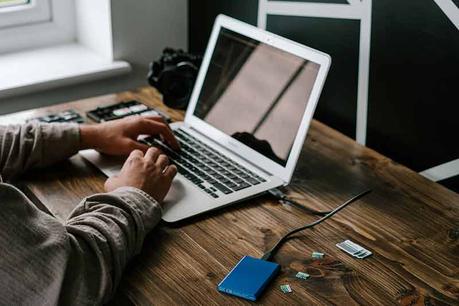
Many photographers, even professionals have the habit of not taking regular backups of the images after a photo shoot.
Many a time, there will be lots of storage space left in the camera memory card still after the shoot. This space will be good enough for 2 or more shoots.
So, you have the tendency to take the SD card Backup only once the card is full.
But it is a very bad photography habit.
It can put you in trouble at times. Sometimes, the memory card can go corrupt. Thus, you will end up losing all the pictures and videos of the early shoots.
If you have not processed and delivered the images to the customer, you will be in great trouble.
To avoid all these issues, make it a habit to take a backup of the images once you are back from a shoot.
2. Shooting in JPEG Instead of RAW
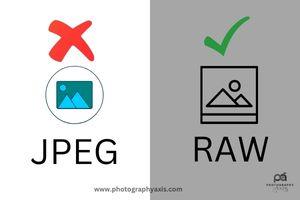
All DSLR/ Mirrorless cameras support RAW and JPEG image file formats. There are many advantages of using RAW over JPEG.
As a photographer, you might already know about these benefits. But still, you are shooting in JPEG instead of RAW.
One reason could be the file size of the RAW images. JPEG files have less size when compared to RAW. Thus, you will need less storage space to store the images.
But here you are losing the opportunity to capture more details from the scene. It will really help to process your image in a better way.
Thus, the RAW format will help to produce a better image after retouching. So, use it, if you really want to gain that extra advantage while editing images.
3. Not Cleaning Camera Gear Regularly
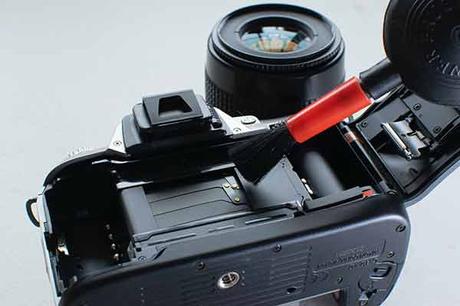
Another bad photography habit seen among photographers is not cleaning their camera gear regularly.
If you don’t clean the camera gear, the dirt and dust accumulated can damage it over a period of time.
You can easily clean your camera and lens by yourself with the help of a basic camera cleaning kit.
If you are finding it difficult to clean the camera gear, you can always hand it over to an authorized service center.
Always, make sure to clean the camera gear at least twice a year. It is essential to increase the lifespan of your camera gear.


4. Keeping Your Pictures Idle on Hard Drive

I know many amateur photographers, who capture beautiful pictures and dump them in hard drives.
What is the purpose of taking all these images?
There is no point in doing photography if you plan to keep your pictures secretly on the hard drive.
So, make it a point to share your best picture in photography forums, and social media sites.
You can even consider starting a photography blog or portfolio site to showcase your images.
Also, you can take prints of your favorite images and hang them at your home and office.
5. Not Retouching Images

Many have a bad habit of sharing the pictures as it is, directly from the camera.
You can do some basic retouching on your image to enhance it a bit further, before sharing it with anyone.
One of the main reasons to avoid this retouching process is laziness.
So, next time, don’t be lazy. Do basic image retouching on the image before sharing it.
6. Buying Too Many Camera Gears
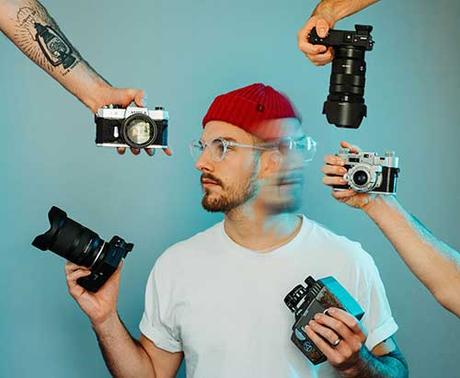
Another bad habit among photographers is buying excessive camera gear and accessories.
If you are a portrait photographer, you will need 2 or 3 camera bodies with 3-4 lenses maximum.
If you start buying too many lenses and camera bodies, you will only end up spending more.
You won’t even know the different useful features of each of your gear. It is one of the common bad photography habits seen among many photographers.
So, buy only what is absolutely necessary and make sure to use all your gear in different situations.
7. Not Organizing Camera Gear After a Photo Shoot
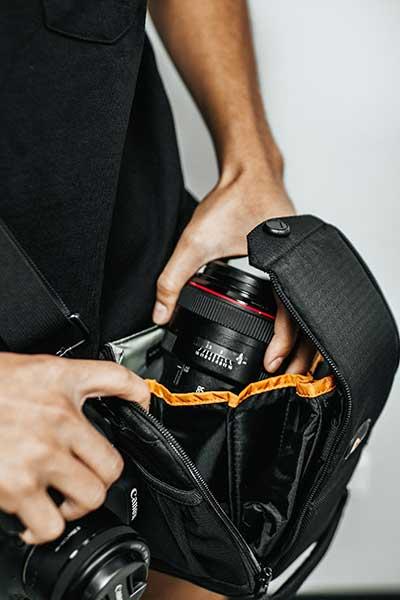
Once a photo shoot is complete, many photographers leave their camera bags with the camera gear as it is, at their home.
It is a bad photography practice.
You must take out all the camera gear and store it in their respective place.
Clean the gear before storing it if required.
You can take out the batteries and keep them for charging. Thus, you will have fully charged batteries with you next time when you are shooting.
8. Not Carrying Enough Memory Cards

You might be owning lots of memory cards. But when you go for a shoot, you will be taking only one or two memory cards.
It is a bad practice.
It is always good to carry at least 3-4 memory cards for each of your camera bodies.
There is always a chance that the memory card can get full or even damaged/corrupt in the worst case.
So, carrying 3-4 memory cards will ensure you don’t run out of memory for recording.
I had this bad habit during my initial days of photography.
9. Not Composing Images Properly
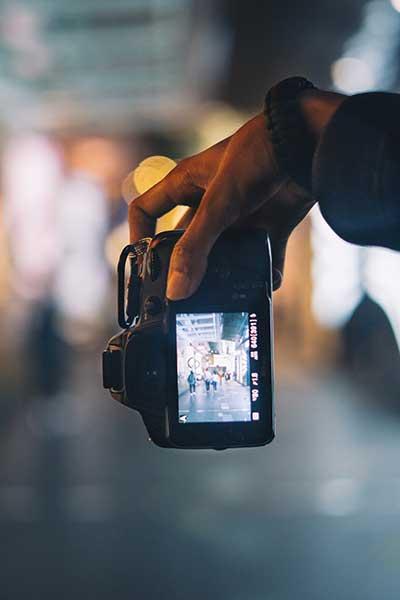
It is image composition that makes or breaks an image.
When you capture an image, you need to ensure it is composed properly.
Try to get it right in your camera.
It will help you become a better photographer.
10. “I will Fix Everything while Editing” Attitude
Many photographers have this attitude, I will fix all the issues in the photo while editing.
It is a bad practice. By doing so, you will never become a good photographer.
You will only become a photo editor.
Try to get all the aspects of an image right in the camera. Don’t leave the image fully to the software to fix all the issues.
When you practice getting everything in the camera, you don’t have to spend much time editing.
11. Always Shooting in Auto Mode
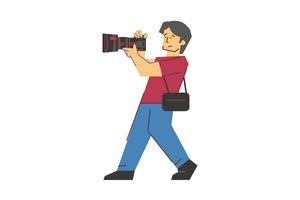
There are many who still only use the Auto mode in their DSLR/ Mirrorless cameras for photography.
When you have such high-end cameras that are capable of capturing great images, you must make full use of them.
There are many situations where the Auto mode fails.
Also, you will not learn photography unless you ditch the Auto mode in your camera.
Next time, try shooting in semi-automatic modes like the Aperture priority or Shutter priority mode.
Later you can consider switching to Manual mode once you are comfortable with the semi-automatic mode.
12. Not Carrying Spare Batteries
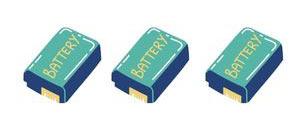
Another bad photography practice is not carrying spare batteries for a photo shoot, even when you have them.
You may run out of battery power if you end up shooting more pictures or videos.
Also, there is a chance that the battery can go bad since it is an electronic accessory.
Why take unnecessary risks?
Next time onwards, always carry spare batteries with you.
Also, make sure these batteries are fully charged.
13. Not Knowing the Full Capability of Your Camera Gear
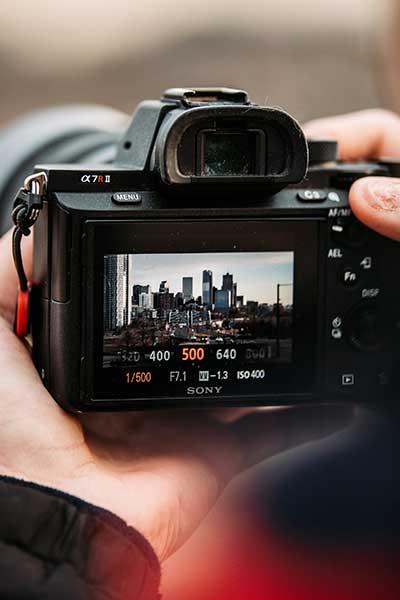
Many photographers, especially beginners don’t know the full capability of the camera gear they are using.
They may not be using the camera to its full potential.
To know the full potential of the camera, you need to go through the manual of the camera.
There are both entry-level and high-end cameras in the market. The high-end camera is capable of doing more.
But, to use the camera gear to its full capability, you need to know its features and how to use it. You can easily learn it by going through the user manual.
Consider carrying a soft copy of the camera user manual on your smartphone. Thus, you can go through the manual whenever required.
14. Always Using One Lens from the Kit
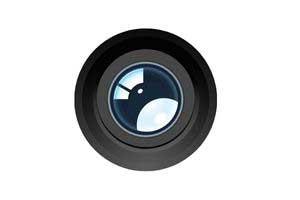
You might be owning different types of camera lenses. But, still, you are using only one of your lenses for all your shoots.
Every photographer will have their favorite lenses. But that does not mean that they need to shoot all their scenes with this lens alone.
Don’t be a “One Lens Photographer”. Each of the camera lenses is good for certain types of scenes. So, the lens that is lying idle in your kit may produce better compositions for a particular scene in some situations.
You must try shooting with all your lenses. Only then you will come to know which works best for which shooting conditions and scenes.
15. Not Chimping Photos
Nowadays cameras are capable of supporting fast burst rates like 20fps.
When you use such features in the camera, you will end up capturing lots of images.
You don’t need all these images. You can delete all the unwanted images at the location itself. It will help to clear some space in the memory card.
This process is called Chimping in photography.
It is a good practice to chimp images after the capture. If you don’t do it, you will end up filling the memory card fast.
You will also waste some time moving all these files to a hard drive and deleting these images from it.
16. Not Considering the Background of the Subject

Many amateur photographers forget the fact the background of the subject is equally important as the subject.
If the subject is very interesting and the background is boring, you will end up with an unpleasant image.
Next time onwards, when you do photography, give equal importance to the subject and background.
It will help you capture better images.
17. Always Shooting in Low ISO
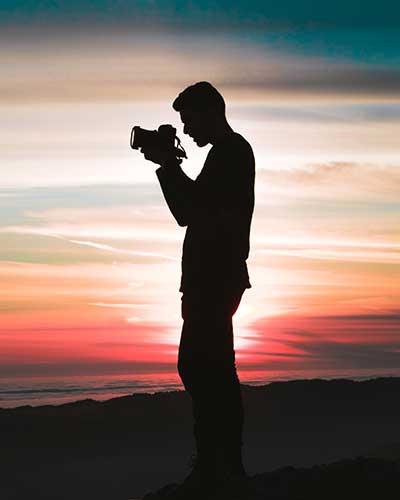
Many are afraid to bump up the ISO settings in their camera.
High-end DSLR/ Mirrorless cameras are capable of capturing pictures at high ISO values with less noise.
If you own a good camera, don’t be hesitant to increase the ISO levels if the situation demands it.
Now, photo editing technology is so advanced with the help of AI that you can easily remove most noise issues in an image.
Test your camera at different high ISO levels and see up to which ISO value, you can fix the noise in post-processing.
18. Not Checking Camera Settings Before Shooting
Many photographers, both amateurs, and professionals often miss checking the camera settings before shooting.
You might have changed the settings for the past scene and the current scene demands new settings.
If you are photographing a person/ family, you will end up asking them to pose again. It can irritate the client sometimes. So avoid it.
It has happened to me plenty of times when I do wildlife photography.
The problem with wildlife photography is once you get the settings wrong, you may not get a second chance to photograph the animal with the same action.
So, double-check your camera settings before starting the shoot.
19. Not Checking the Histogram
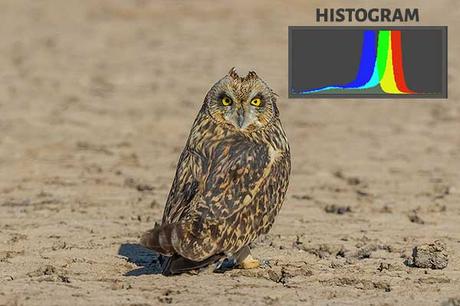
Many don’t check the histogram of the image after capture.
It is a bad photography practice.
If you rely on the camera’s LCD brightness for image exposure, it can fool you at times.
So, you may end up blowing up the highlight or crushing the shadows, or both in the image.
Sometimes, you may not be able to recover these details during the editing stage.
Always check the histogram of the image and make sure you have captured the image perfectly without losing any details.
20. Not Zooming in the Image to 100 % After the Capture
Many photographers will just have a look at the image on the camera LCD screen after capture, leave it and go for the next capture.
It is a bad photography habit and you must avoid it.
Sometimes, there can be a focusing issue on the image. It can be due to multiple reasons.
If you zoom in on the image to 100 percent and check, you might be surprised to find that the subject is not in focus. So, you can go for a recapture
If you don’t do the zoom-in and checking process, you will notice the out-of-focus images only when you open the images in the computer display for editing.
You won’t be able to fix such focusing issues while editing.

